From the Author: “‘Such Friends’: The Literary 1920s is a series based on blogs I’ve been posting at www.suchfriends.wordpress.com, chronicling what was happening in the literary and artistic world 100 years ago. The title comes from a poem by William Butler Yeats, ‘…say my glory was I had such friends.’ Volumes I through IV, covering 1920 through 1923, are available as signed copies at Riverstone Books in Squirrel Hill, online in both print and e-book formats, or from me at kaydee@gypsyteacher.com.”
Such Friends Blog For this interview, Kathleen Dixon Donnelly followed the theme of her books and sat down with one of her best friends, Liz, over glasses of chardonnay in her back garden…
LIZ BFF: So what’s this obsession you have with the 1920s?
KDD: My Mom always talked about the 20s in a good way. She was born in 1920, one month to the day after Prohibition went into effect (I snuck her into Volume I). And your first nine years are usually remembered fondly.
My mother talked a lot about Dorothy Parker—“Men seldom make passes at girls who wear glasses”—and her friends who lunched together as the Algonquin Hotel Round Table throughout the 20s. For example, I remember she told me that the humorist Robert Benchley—we read his essays in 9th grade English—instructed his wife to have him cremated and go to the cemetery in a taxi with his ashes in his briefcase next to her on the seat. Imagine my surprise to find out when doing my academic research that my mother was right—the story is true.
LIZ BFF: That’s right—your research. This all started with your academic research.
KDD: Yes—but these books aren’t academic! My Ph. D., from Dublin City University in Ireland, was about writers and artists who hung out together. How did these friendships affect their creativity? I looked at four main “salons,” two before and two after World War I: Yeats and the Irish Literary Renaissance who founded Dublin’s Abbey Theatre; Virginia Woolf and the writers and artists in the Bloomsbury group in London; our fellow Pittsburgher Gertrude Stein and the Americans who came to Paris in the 1920s; and, of course, Parker and the Round Table. 31 creative people all together. For the books I’ve expanded a bit to include others who weren’t in the groups and important world events going on during the decade.
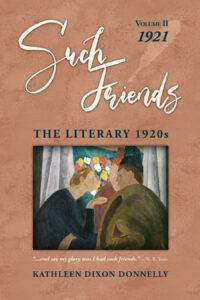
LIZ BFF: That’s a lot of creative people. Who are your favorites?
KDD: Well, Parker for one. I feel as though she was doing a lot of the same things all my friends and I were doing in our 20s—freelance writing, whining about our relationships with men. But she paid a higher price—back-alley abortions, for example.
But my other favorite would be Virginia Woolf’s sister, painter Vanessa Bell. She’s often overlooked, even by British feminists. She was a terrific painter; I use one of her works, A Conversation, on the cover of Volume II, 1921. And she was the earth mother for the Bloomsberries. Everyone came to her houses, in London and Sussex. One of their friends described the sisters this way: “People admired Virginia; they adored Vanessa.”
LIZ BFF: Those are the kinds of stories and descriptions I’ve really enjoyed reading in your books. How do Gertrude Stein and W. B. Yeats fit in?
KDD: Gertrude’s relationships with writers like Ernest Hemingway and F. Scott Fitzgerald are probably the best known. She and her partner, Alice B. Toklas, were the most committed couple of all my 31 writers. In the words of one of their biographers, Diana Souhami, from the day they met they were together; they “never traveled without each other or entertained separately, or worked on independent projects.” Of course, Gertrude and her family left Pittsburgh when she was only six months old. But we ‘burghers are quite proud.
As for Yeats and the Irish, I’ve found that they illustrate a big contrast between Ireland and the rest of the world in the 1920s. Once the Irish won their war for independence from the British, they started shooting each other in their Civil War, while people in London, Paris and New York were doing the Charleston. However, the Irish did manage to keep their theatre going.
LIZ BFF: You’ve got so many great stories about all these people. But how do you think they compare with today? I mean, stories are nice, but what’s the point? What can we learn from looking back at that decade?
KDD: Good question! I think the main lesson I’ve come away with is that the good old days weren’t. Alcoholism, depression—particularly in men—gambling addiction, suicide, eating disorders: These are issues that have always been with us but were not discussed then. The early biographies I read laughed off the addictions and depression:
“She was sooo drunk! Ha ha.”
“He gambled away his apartment! Ha ha.”
“He just got up and walked away from his job! Ha ha!”
In reality, not so funny.
LIZ BFF: Well, I’ve certainly enjoyed reading them. I dip in and out because they’re short and the layout makes the books easy to read. At the end of each one I’m thinking, I can’t wait to find out what happens next.
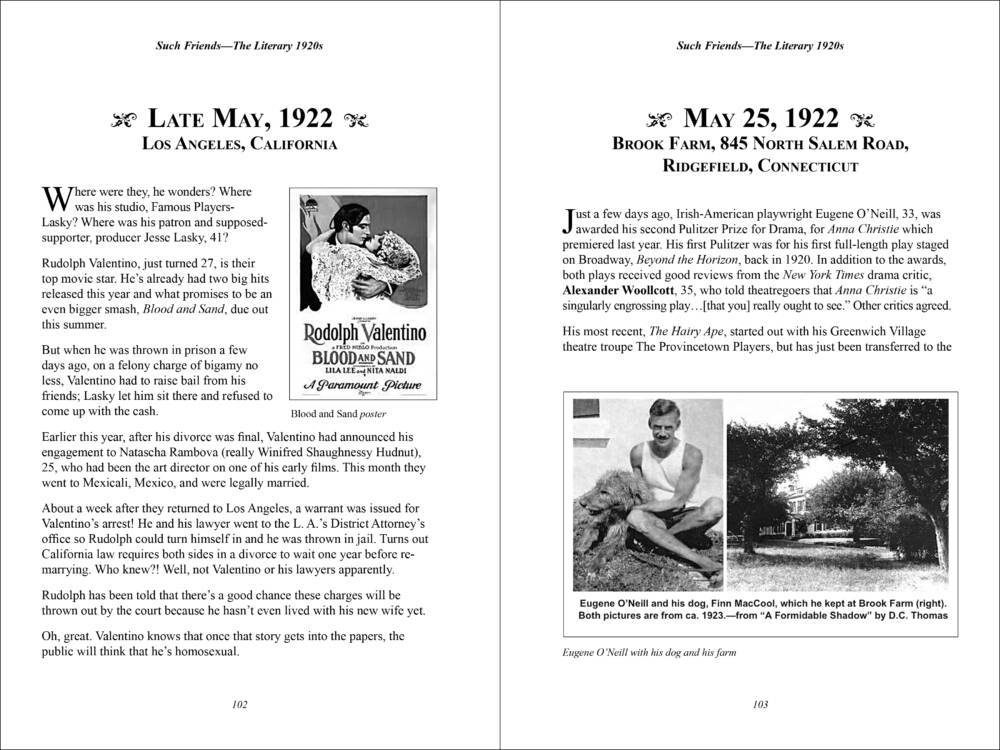
KDD: Thank you! That’s the effect I’m going for. There is an awful lot of foreshadowing. Every vignette is related to another one.
LIZ BFF: I noticed that.
KDD: For example, in 1920 an armed burglary in Massachusetts will culminate in the executions of Nicola Sacco and Bartolomeo Vanzetti in 1927—which Parker and others protested. Hemingway goes to a party and meets Hadley Richardson; a year later they get married and move to Paris. In 1921 excerpts from James Joyce’s Ulysses are found to be obscene by a New York court, and the following year Sylvia Beach’s bookstore in Paris publishes the whole book, on Joyce’s 40th birthday. Meanwhile, in London, Virginia Woolf can barely force herself to read it, but she and her husband publish T. S. Eliot’s The Waste Land the next year. So if you’ve never gotten through Ulysses, don’t feel bad. Sometimes I think most of the vignettes should end with “Stay tuned…”
LIZ BFF: I’m tuned. I can’t wait to read Volume V, 1924.
KDD: Great. I’m working on it. In the meantime, remember—they make great gifts!
LIZ BFF: That chardonnay was really nice…
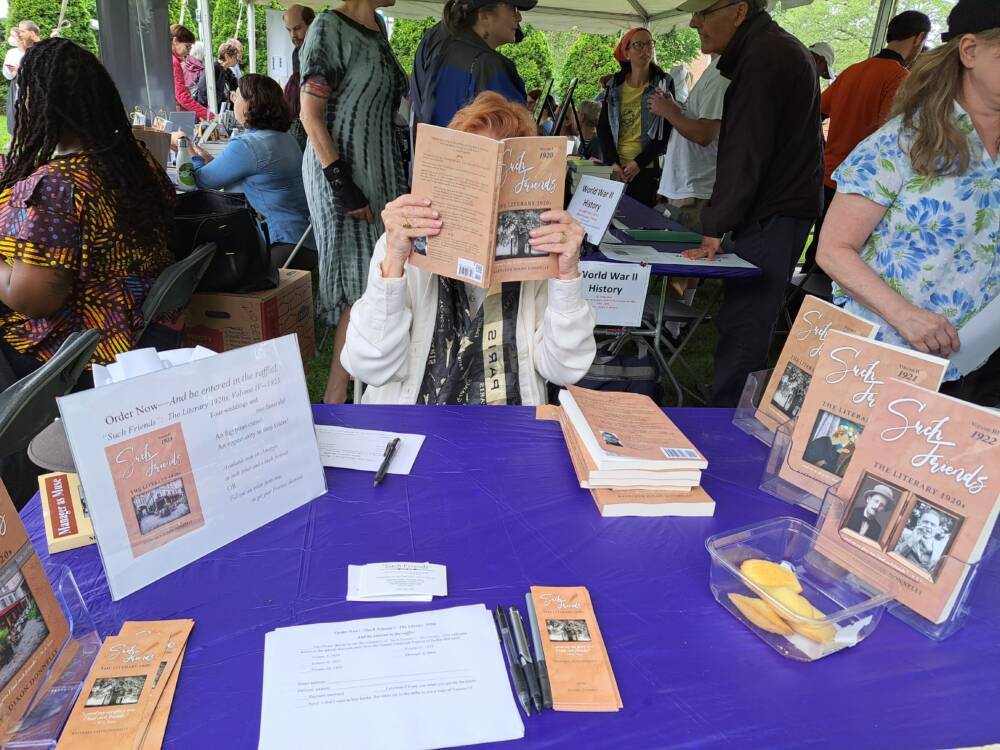
“Such Friends”: The Literary 1920s, Volumes I through IV, covering 1920 through 1923, are available as signed copies at Riverstone Books in Squirrel Hill, and online in both print and e-book formats. There is a discount for reading this far and ordering directly from the publisher (me), and if you live on a Pittsburgh Regional Transit bus route, I will hand deliver your signed copy. Email me at kaydee@gypsyteacher.com.


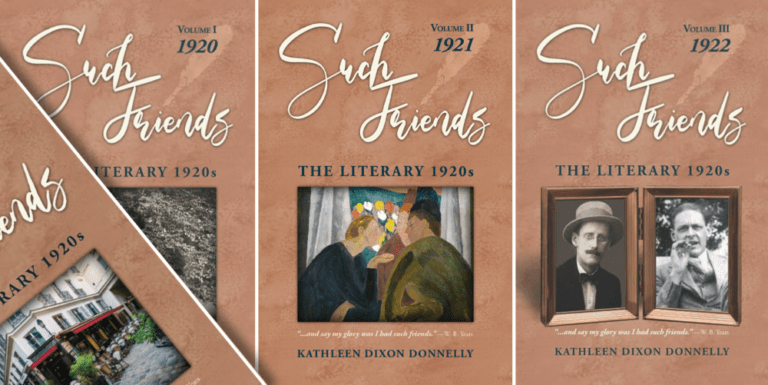
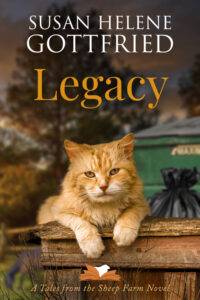

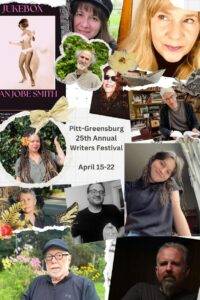
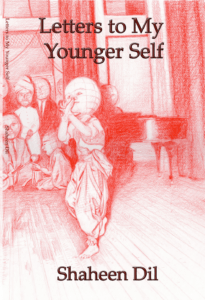
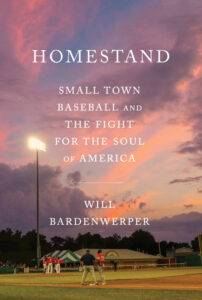
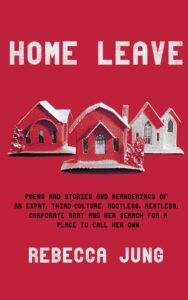
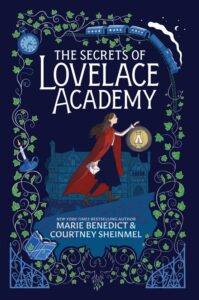
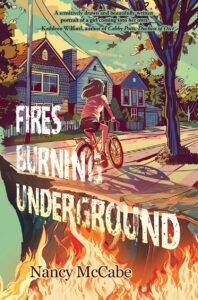
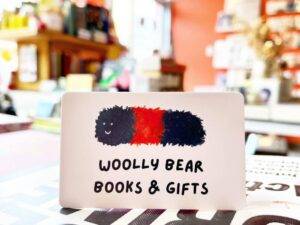
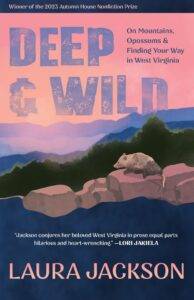
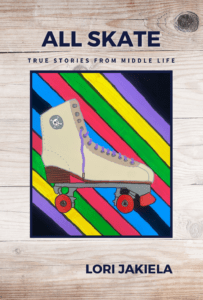
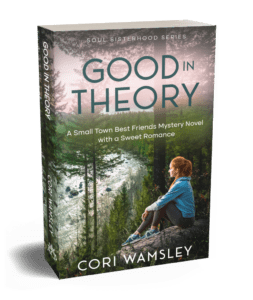
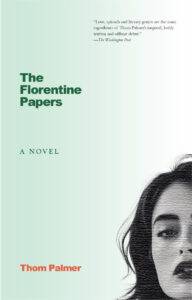
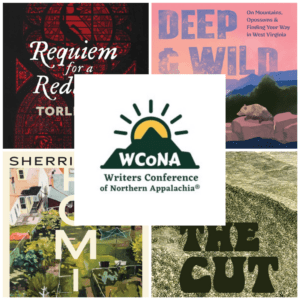
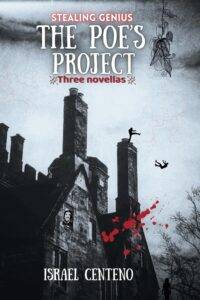



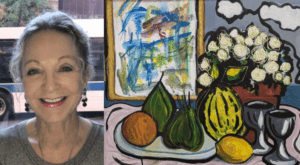
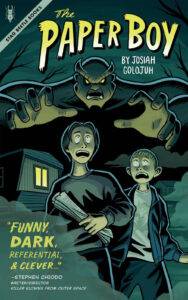
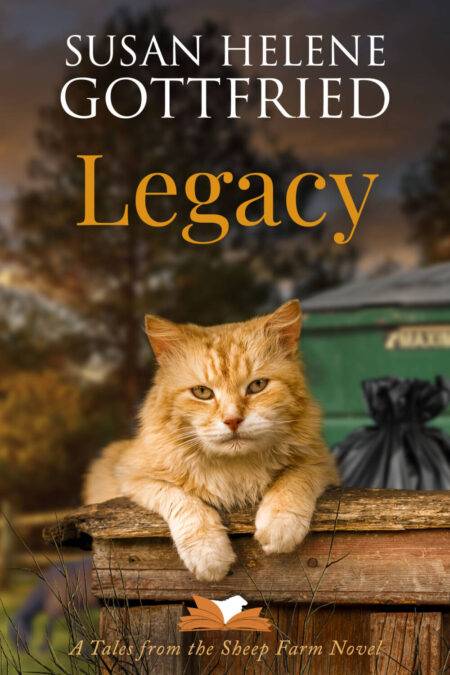

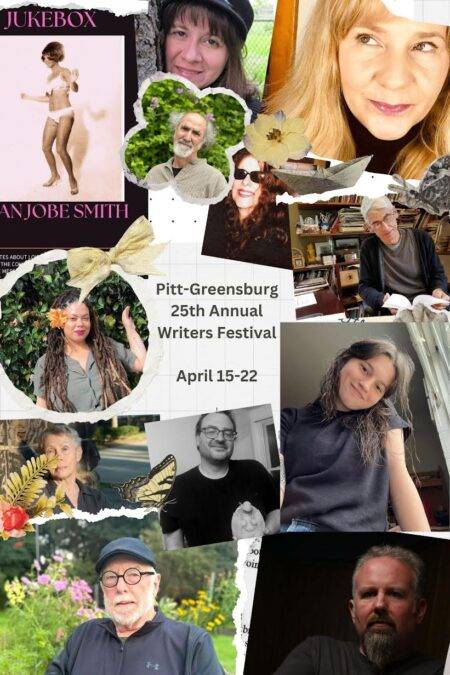
6 Comments
Pingback: “Such Friends”: 100 Years Ago, last weeks of July, 1923, en route from Pamplona, Spain, back to Paris | SuchFriends Blog
Pingback: “Such Friends”: 100 Years Ago, August 4, 1923, Plymouth Notch, Vermont; New York City, New York | SuchFriends Blog
Pingback: “Such Friends”: 100 Years Ago, August 9, 1923, Life magazine, New York City, New York | SuchFriends Blog
Pingback: “Such Friends”: 100 Years Ago, August 13, 1923, Time magazine, New York City, New York | SuchFriends Blog
Pingback: “Such Friends”: 100 Years Ago, late August, 1923, Knoll House, Dorset, England | SuchFriends Blog
Pingback: “Such Friends”: 100 Years Ago, end of August, 1923, Venice, Italy | SuchFriends Blog